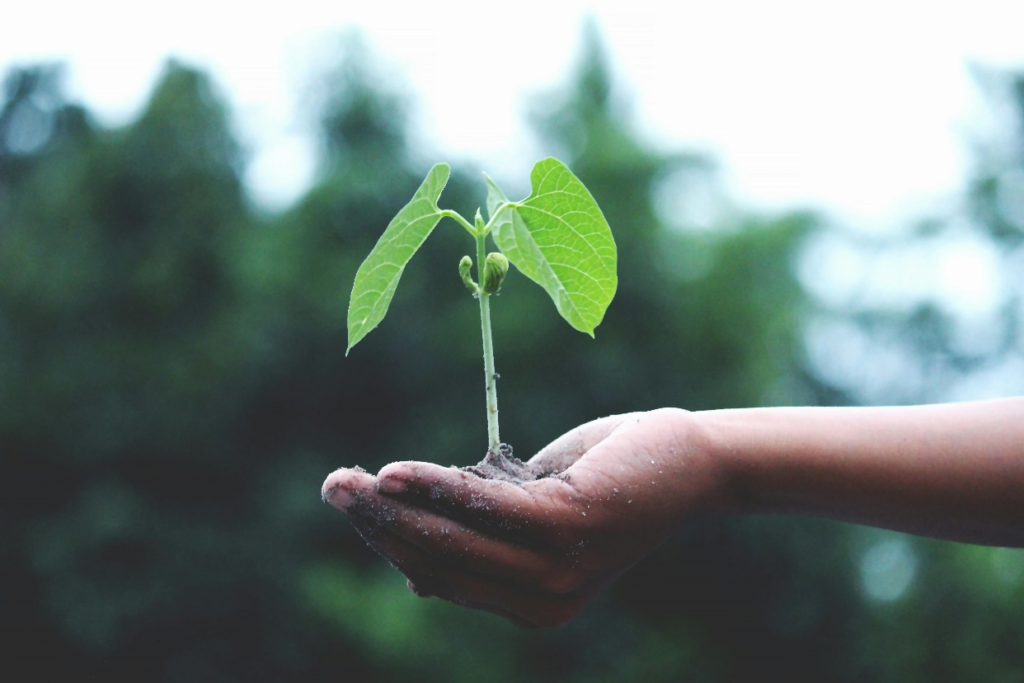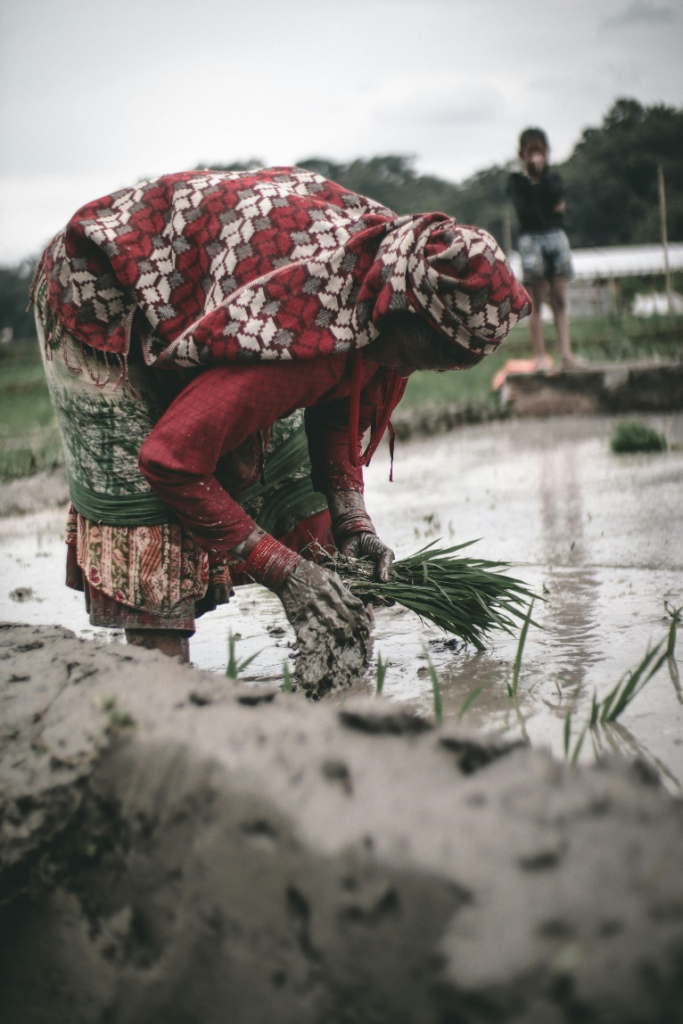Empowering Women in Agriculture: The Key to Food Security and Economic Growth

Most of the time, when we think of agriculture, large fields, tractors, and the laborious efforts of farmers are frequently in our minds and we see men working in these fields. Nonetheless, women are a major force behind these agricultural fields, as they are vital to farming and food production worldwide.
Women have been integral to agriculture since its inception. Historically, they have been responsible for growing food, caring for livestock, and managing household resources. Despite their significant contributions, women’s roles in agriculture have often been overlooked or undervalued. According to the Food and Agriculture Organization (FAO), women represent about 43% of the agricultural labor force globally. In developing countries, this figure can soar to over 60%, highlighting the crucial role women play in food production.
In regions like South Asia and sub-Saharan Africa, women account for nearly 70% of employed individuals in agriculture. They are not only involved in farming but also in processing, marketing, and distributing agricultural products. This multifaceted role underscores their significance in ensuring food security and driving economic growth.
So, it’s important to know that from planting seeds to managing entire farms, women are not just contributors; they are pivotal in shaping the agricultural sector and, by extension, our economies and communities.
Beyond the women’s role in agriculture that involves growing crops and raising animals, they’re also decision-makers, innovators, and entrepreneurs who drive change in their communities. In many regions, women are responsible for managing the household’s income and allocating resources, ensuring that their families can thrive.
Furthermore, women are often on the frontlines of adapting to climate change and preserving biodiversity. By applying sustainable farming practices and sharing knowledge with others, they are ensuring that our food systems can withstand environmental challenges and continue to nourish generations to come.

Despite their vital contributions, women in agriculture face numerous challenges that hinder their productivity and potential. Many work as unpaid or low-paid seasonal laborers and lack access to essential resources such as land ownership, credit, and training opportunities. The FAO reports that women hold only about 15% of agricultural land globally, with even lower percentages in regions like North Africa and West Asia.
Access to land is a fundamental requirement for farming; therefore, land ownership is one of the most important assets for families that rely on agriculture for their livelihoods. In many countries, men are twice as likely as women to own or have secure tenure rights over agricultural land. This disparity limits women’s ability to invest in their farms and improve productivity.
Moreover, educational disparities further exacerbate these challenges. In low-income countries, literacy rates among women are significantly lower than those of men—only 53% of women are literate compared to 69% of men. This lack of education restricts women’s access to information about modern farming techniques and technologies that could enhance their productivity.
The Economic Impact of Women in Agriculture
The role of women in agriculture extends beyond food production; it significantly impacts economic development.
Women contribute to household incomes through agricultural activities and play a crucial role in managing resources sustainably. When more income is placed into the hands of women, child nutrition, health, and education improve dramatically. In many rural areas, female-headed households are on the rise due to migration patterns and changing family structures.
Women often take on additional responsibilities when men migrate for work or when traditional family structures break down due to conflict or other factors. As primary caregivers responsible for household nutrition, women ensure that families have access to healthy meals while managing limited resources.
Furthermore, women’s participation in agriculture has been linked to improved community resilience against economic shocks. Research shows that communities with higher female participation in farming tend to recover more quickly from crises such as droughts or market fluctuations.

The Next Big Thing: Encouraging Women in Agriculture
Creating policies that support gender equality and empower female farmers is essential in maximizing the potential of women in agriculture. Here are some important strategies to consider:
- Increase Access to Land: Ensuring that women have equal rights to land ownership is crucial for fostering economic independence and encouraging investment in agricultural practices.
- Provide Education and Training: Offering educational programs tailored for women can equip them with the knowledge needed to adopt modern farming techniques and improve productivity.
- Enhance Access to Financial Resources: Providing microloans and financial support specifically for female farmers can help them invest in their farms and expand operations.
- Promote Women’s Leadership: Encouraging women to take on leadership roles within agricultural organizations can amplify their voices and influence policy decisions affecting their livelihoods.
- Support Technological Access: Ensuring that women have access to modern agricultural technologies can help improve efficiency and productivity on their farms.

In conclusion, as we consider how important women are to agriculture, we must cultivate a greater understanding of their contributions. Women influence our food systems and economy as leaders, inventors, and caregivers, and not just merely as participants.

